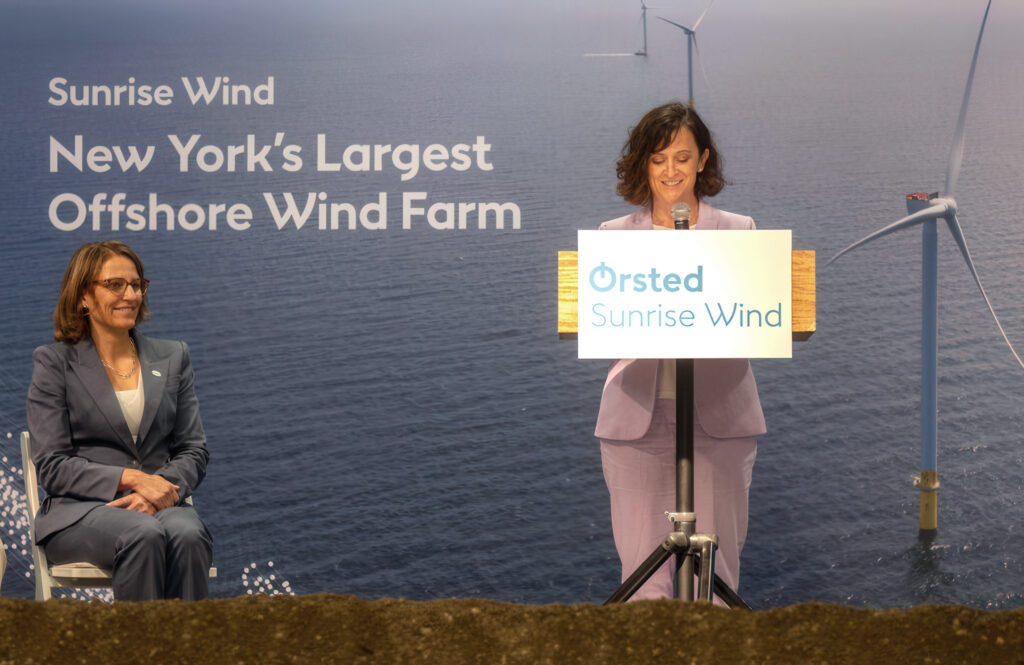
A decade ago, the ability of utilities to store large amounts of electricity in batteries was basically nonexistent. In the past several years, growth in battery storage systems has exploded. As of the end of November, the US had about 24 gigawatt-hours of storage capacity in place. This is 71% more than just a year ago. Nearly half of the battery storage in the US is located in California. Texas, Arizona, and Nevada are also leaders in deploying battery storage.
Battery storage allows solar and wind generating plants to keep operating when there is reduced demand for their output and have the electricity that they produce be available later when demand rises. Storing this excess electricity essentially extends the hours of the day when clean energy can be used.
Equally important, the existence of battery storage reduces the need for peaker plants, the fossil-fueled power plants that only turn on at times of peak demand, such as during hot afternoons.
There are 1,000 peaker plants in the US and they are generally heavily polluting, inefficient, and expensive to operate. Some 63 million people live within a three-mile radius of one of them and are exposed to harmful pollutants like nitrogen oxides and sulfur dioxide. Peaker plants also release more greenhouse gases than other power plants do for every unit of electricity they generate.
Many battery storage facilities are co-located with, or otherwise support, solar energy plants. The amount of solar energy in the US is growing rapidly and surpassed the 100-gigawatt mark in 2024. As solar power continues to expand, so will battery energy storage.
**********
Web Links
Battery projects soared again in 2024
Photo, posted August 3, 2024, courtesy of the Bureau of Ocean Energy Management via Flickr.
Earth Wise is a production of WAMC Northeast Public Radio
Leave a Reply